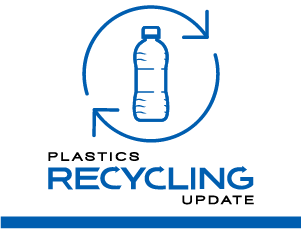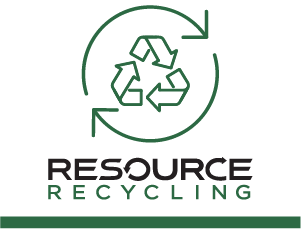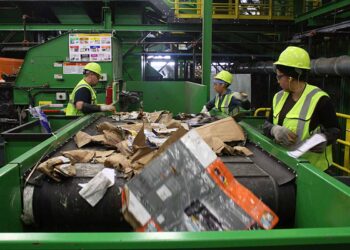After years of collecting textiles from households, Ridwell is now asking customers to self-sort the items into re-wearable and recyclable categories, in response to growing volumes and feedback from end markets.
Gerrine Pan, Ridwell’s vice president of partnerships, told Resource Recycling that Ridwell has offered textile recycling since its founding in 2018 – branded as Threads – but as the subscription recycling service has expanded to 120,000 members in seven states, it was picking up more textiles than its downstream partners could handle.
“It’s always been the No. 2, No. 3 most popular thing that we collect,” she said. “We’ll collect 3 million pounds in a year. There’s always been an outlet for re-wearable grade clothing, but households typically have two grades of clothing: They have a re-wearable grade, and they have a recyclable grade.”
As global attention on discarded textiles and fast fashion rises, extended producer responsibility laws for textiles have also started to crop up in various states. Ridwell often works with hard-to-collect or hard-to-recycle materials and falls under the “alternative collector” category in many other EPR programs, Pan said.
“Ridwell is really supportive of textile EPR,” she added, but “we think that there’s no one silver bullet that is going to relieve us of the oversupply of 92 million tons of textiles that the world creates.”
That’s why Ridwell is educating customers on how to source-separate. Pan said as the collection volumes grew, Ridwell took a two-year deep dive into domestic used textile markets, “researching and talking to industry experts and hand-sorting through thousands of pounds of clothing to truly understand what is usable by a domestic thrift store.”
Pan said it quickly became clear that domestic thrift stores, often the only outlet for people who are trying to avoid sending textiles to landfill, get far more material donated that they can use — and many items are simply unsellable.
“A thrift store cannot actually resell a sock with holes in it, right? But that is frequently the textiles that are coming out of homes that we are trying to get rid of,” she said. “So from the operational side, we came to the conclusion that these have to be two separate streams.”
Shift requires customer education, end market due diligence
While source-separating material often runs into barriers with customer engagement, Pan said Ridwell customers have shown time and time again that they are willing to sort items and reduce contamination.
“There is such great demand from our members who want to do better with textiles,” she said. “This is a topic that looms large in people’s minds, and they want to do better.”
An early pilot showed that “people are very capable of distinguishing between the two goods,” Pan added, and “if people are able to source-separate that in the home through education, you can actually achieve the best and highest use of each stream.”
In the coming month, customers across the U.S. will get two bags for textiles with instructions on how to sort: One bag is for clothes “that you would gift a friend,” Pan said, and those will go to a U.S.-based thrift store via Cycla, a recycling management company that connects buyers and sellers of various materials. The holey socks, rags and torn bedsheets go in their own bag, destined for end markets such as punching bag stuffing or fiber insulation. West Coast textiles will go to Phoenix Fibers in Arizona; East Coast textiles, to Leigh Fibers.
“They’re ones that we found after doing a lot of research on what is possible for low-quality textiles,” Pan said, and Cycla was chosen after “a heavy vetting process.”
“Ultimately we chose Cycla as a partner, who works with a variety of U.S.-based thrift stores. Cycla was critical in helping us form communication with thrift stores to understand what is it that truly helps them versus what is it that hurts them,” she added.
The goal is to help keep the U.S. secondhand textiles market strong, Pan said, because “when we are giving thrift stores items that they cannot use, cannot sell, we are contributing to a landfill issue.”
“For Ridwell as a brand, transparency comes first,” she said. “We learned that there are more textiles in the United States that people want to discard than there are people who want to buy them secondhand. We learned that there are more low-quality textiles in homes that really cannot be sold to another person, and we learned that people are increasingly worried about the destination of textiles.”
That’s why the company chose to prioritize U.S.-first destinations for both re-wearable clothing and to “guarantee a U.S. end of life for low-quality textiles.”
That’s not an easy task, and Ridwell also chose not to pass the added cost on to customers. Textile recycling continues to be included as part of a base Ridwell subscription, and Ridwell will absorb the additional operational costs.
Pan said textiles elicit strong passion in consumers, because “people understand that there’s an issue.”
“They have decreased trust in recycling,” she said. “People have increasing concern with where textiles are going. For Ridwell, this was an opportunity for us to step up to the challenge and prioritize our greatest value, which is transparency, and to be able to prioritize domestic-first solutions. It is something that we’re very proud of and we work very hard on.”

























